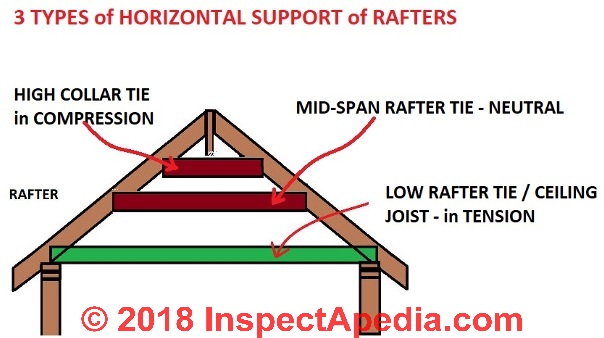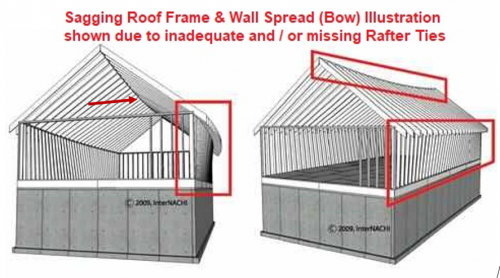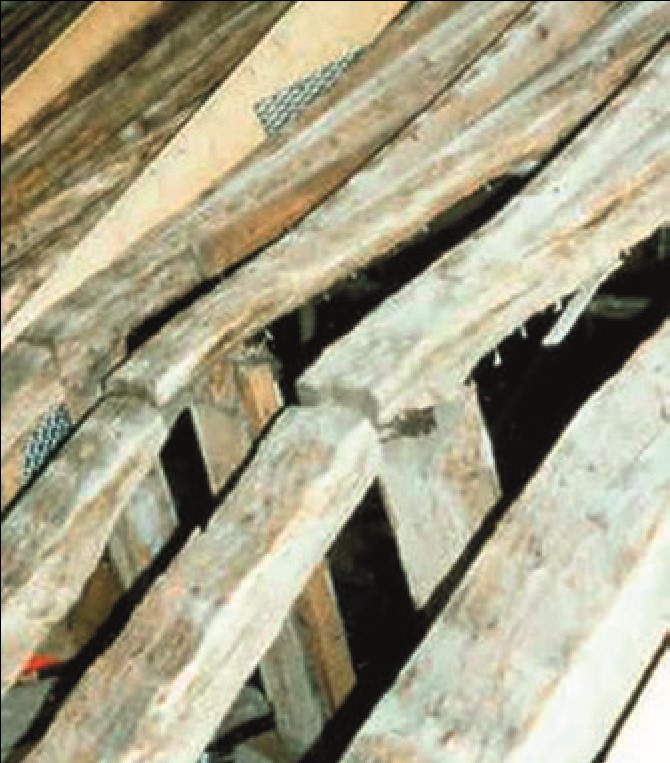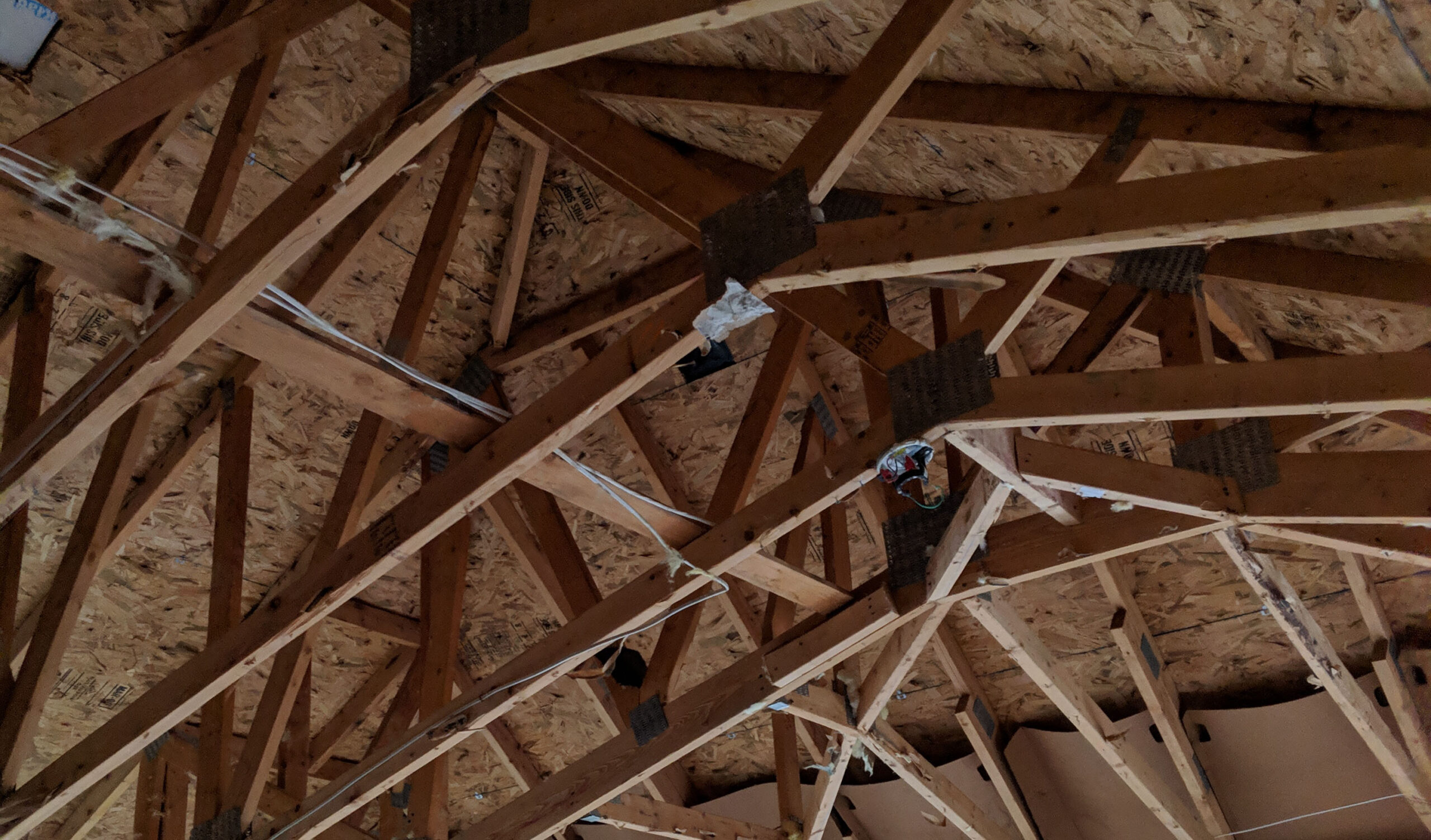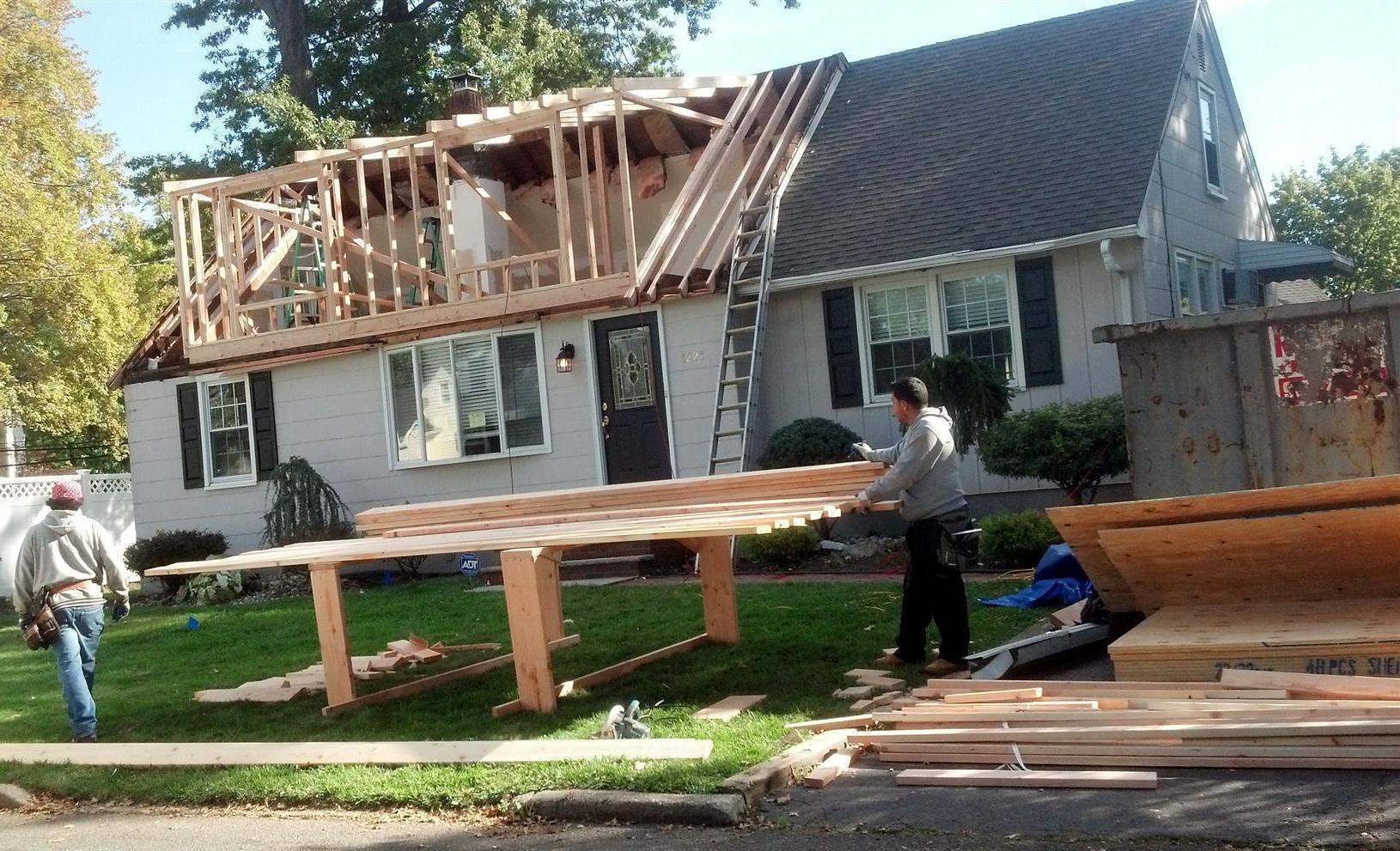Raised Tie Cut Roof

The raised tie roof truss imposes a horizontal load onto the wall plate and wall when loaded.
Raised tie cut roof. Where a fink truss will run in a straight line from each wall a raised tie truss will slope upwards before forming the flat ceiling. Figure 2 is an illustration of a roof constructed using rafter ties. Raised tie roof construction up to 6m span rafter size tie joist h max span max 50 x 200 38 x 175 725 6000 50 x 175 38 x 175 525 6000 50 x 150 38 x 200 325 6000 collar rafter connection. Since the bottom chord or tie member does not occur at wall plate level but is raised extended top chords are commonly referred to as raised tie trusses.
The lower eaves height produces a cottage effect allowing the new structure to blend in with period properties and consequently is attractive to some planning authorities. Collar ties are necessary to prevent separation of the roof at the ridge due to wind uplift. By upper third here we mean one third of the length of the rafter from ridge to top plate. Rafter ties resist the forces caused by gravity loads that would otherwise cause the roof to pancake and push out the sidewalls.
Definition of collar tie in roof framing definition. Building code limits the tie to the lower third of the distance between the plate and ridge consult irc table r802 5 1 for rafter span adjustment factors for rafter sizing with raised ties l rafter span. A tension tie in the lower third of opposing gable rafters that is intended to resist the outward thrust of the rafter under load. 2 with ceiling joists.
A collar tie is a tension tie in the upper third of opposing gable rafters that is intended to resist rafter separation from the ridge beam during periods of unbalanced loads such as that caused by wind uplift or unbalanced roof loads from snow. Illustration of roof with rafter tie. This ties them together and prevents any outward movement. The 2015 international residential code does not require collar ties or collar beams.
Raised tie roof trusses are designed to offer a higher ceiling line and more room height than the fink truss. Unlike the conventional truss which is fully triangulated by virtue of its bottom chord fixing the top chords together the raised tie roof completes its triangulation at the flat ceiling to sloping ceiling intersection. A collar tie is a horizontal roof rafter compression connector that is located in the uppermost third of the span of a pair of opposed sloped or gable roof rafters.


















